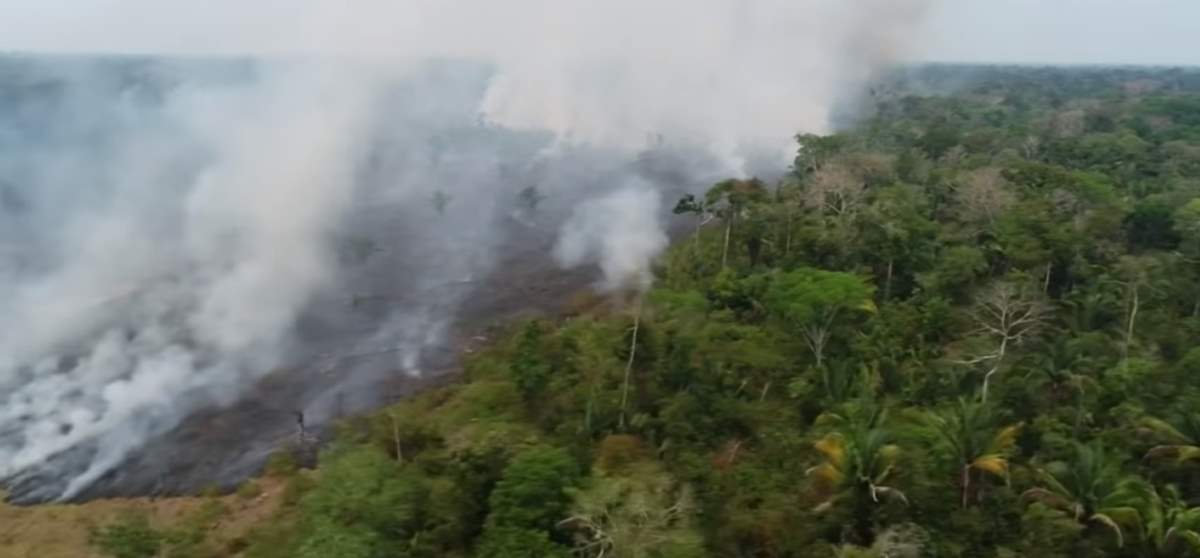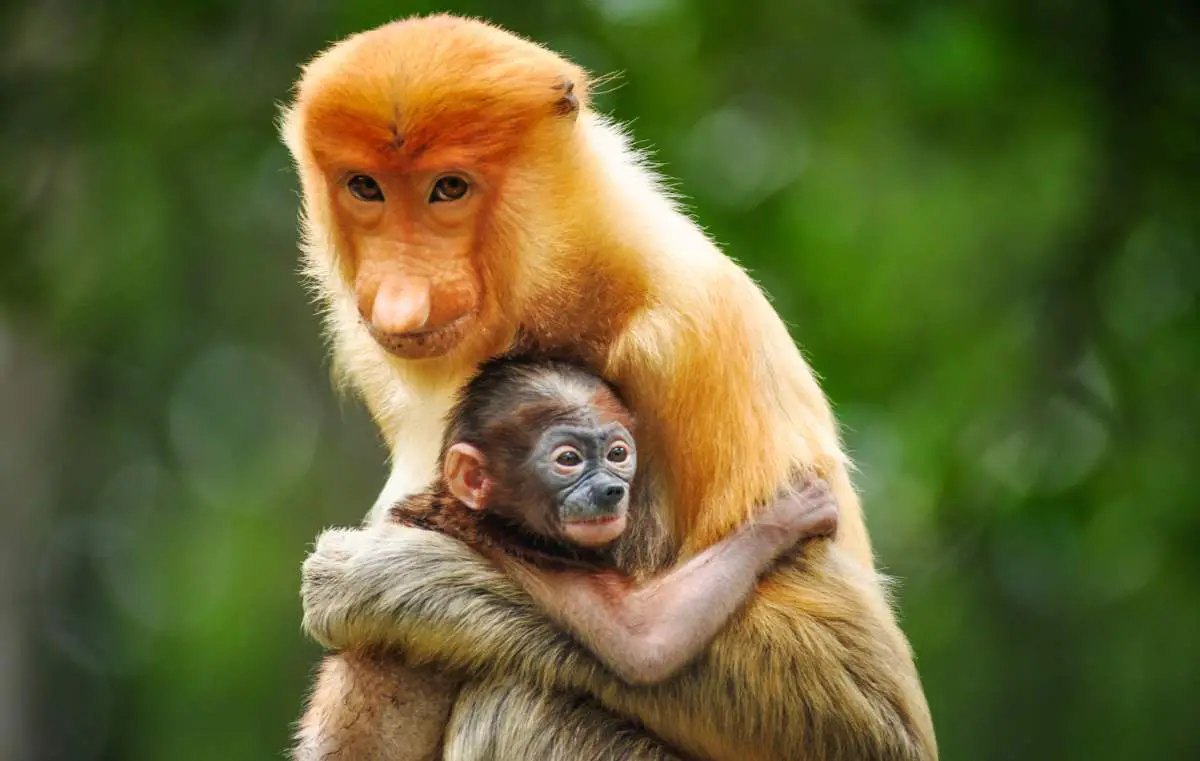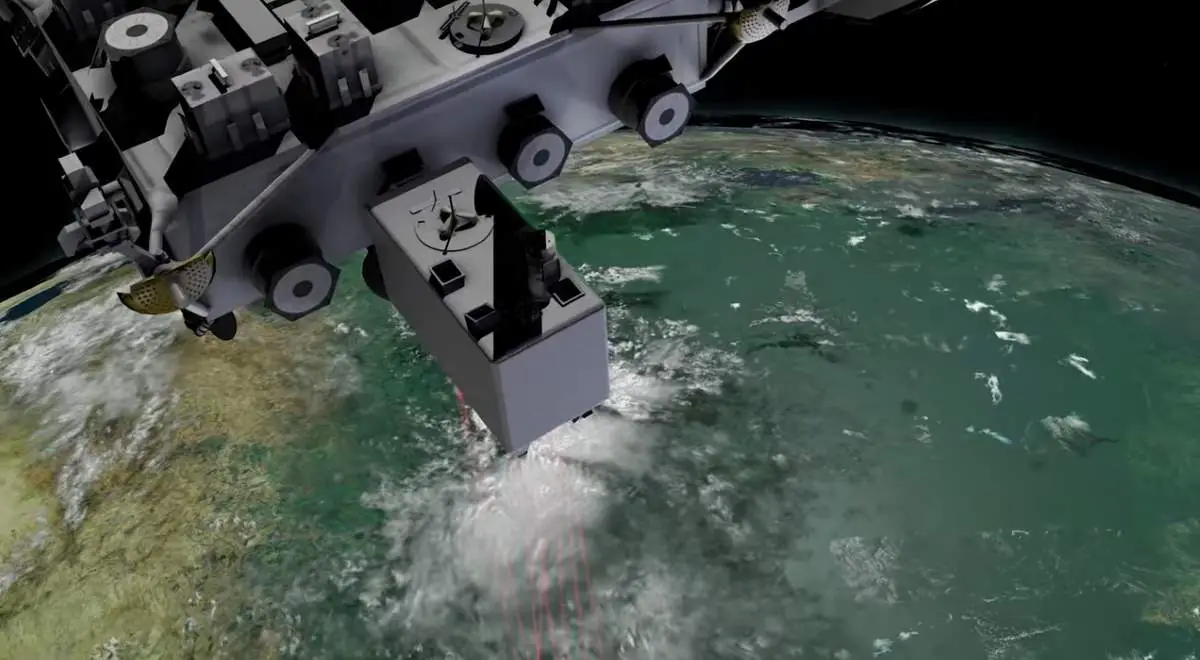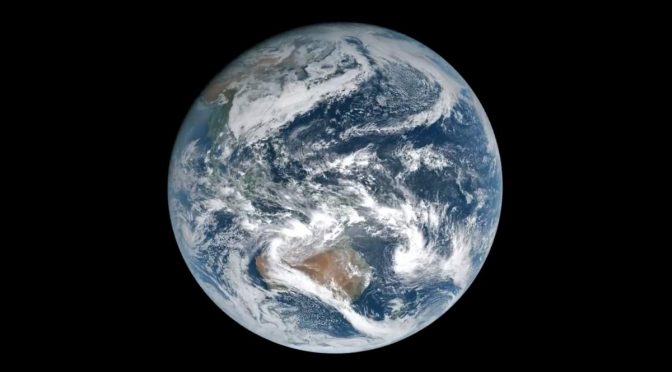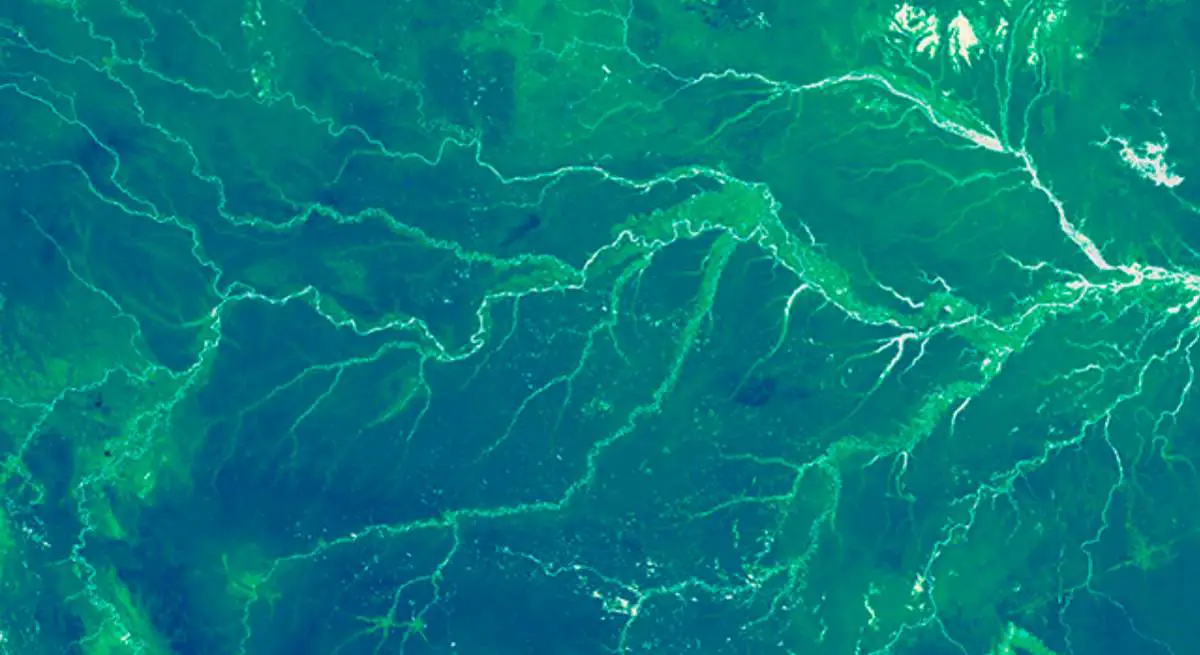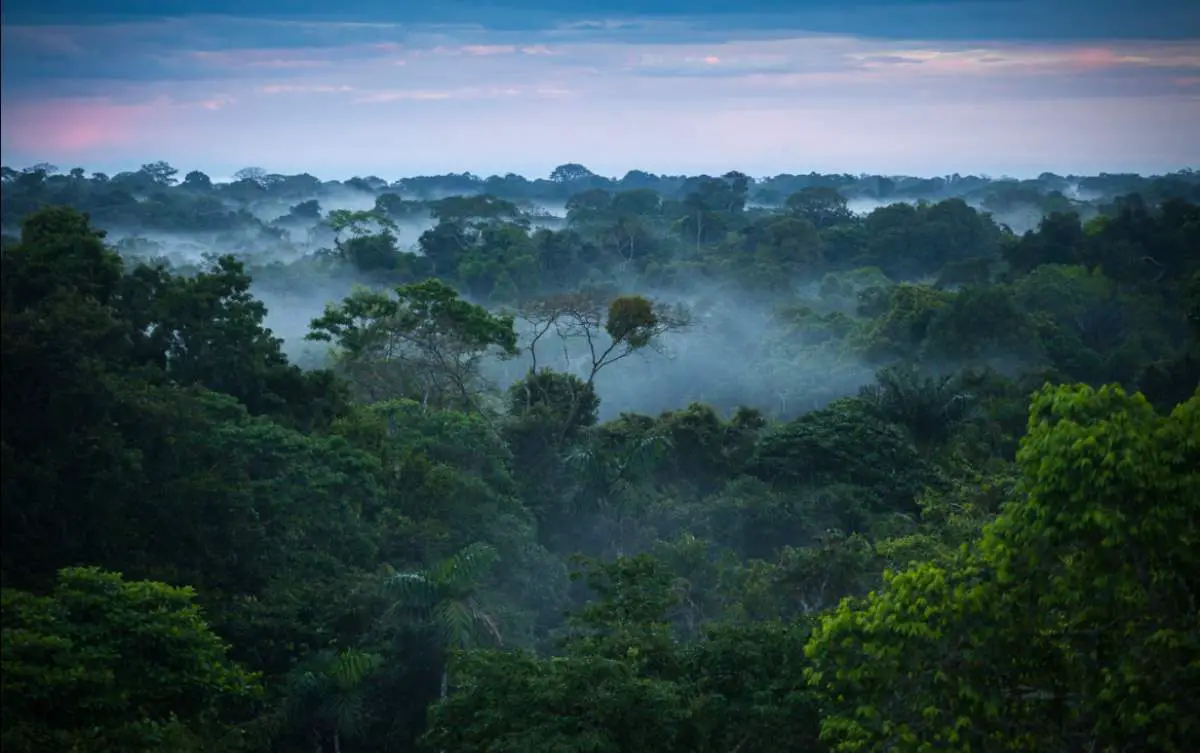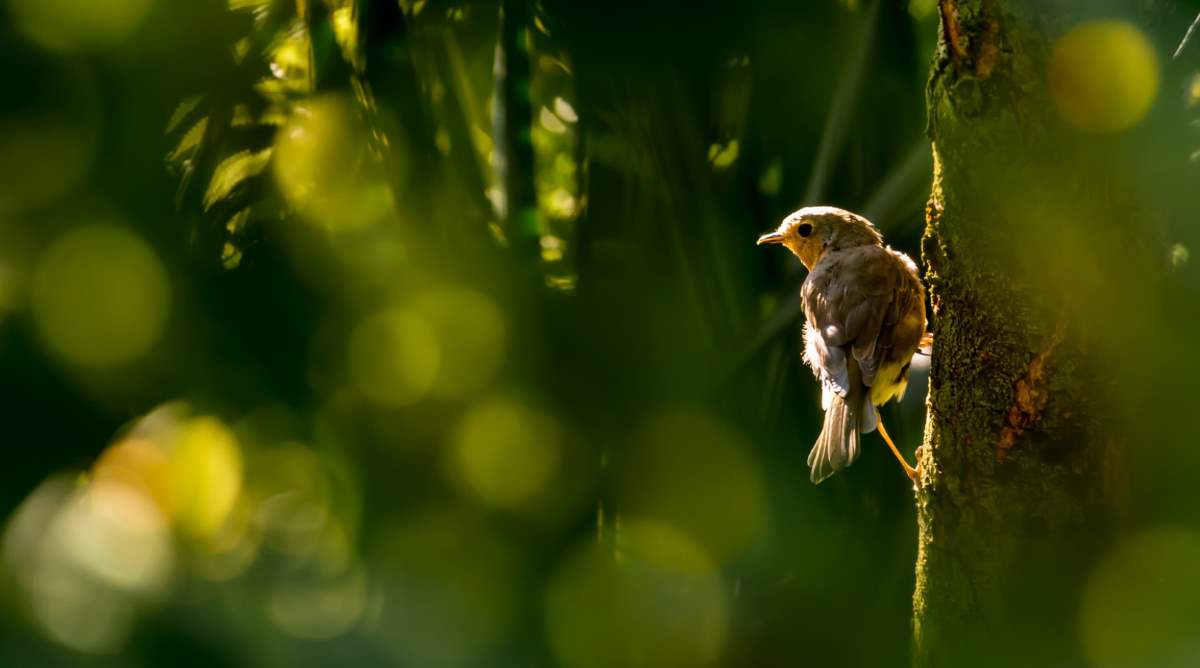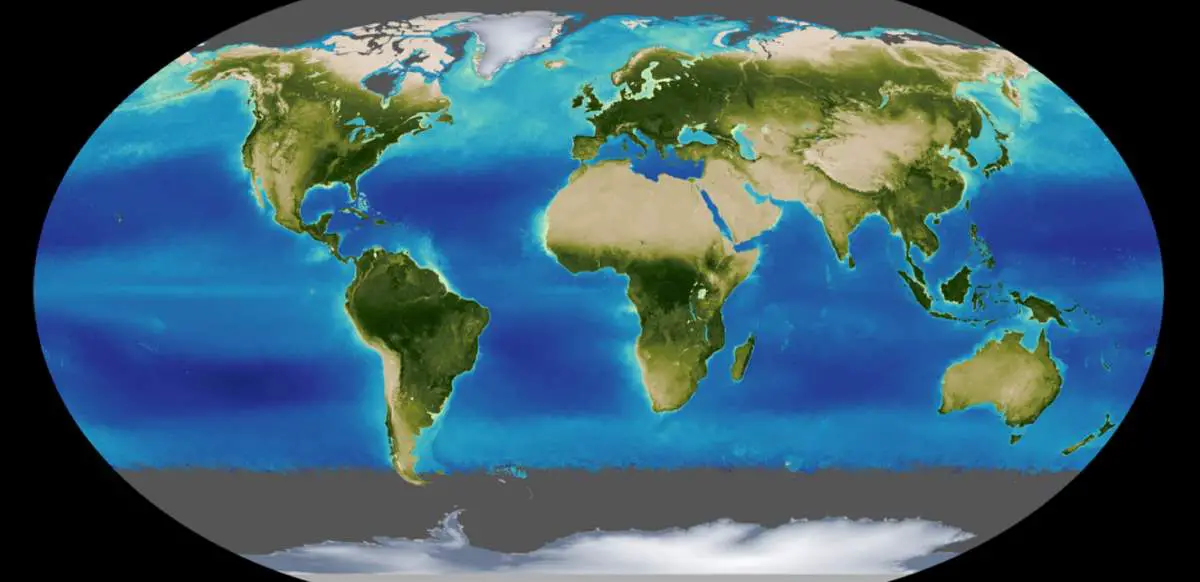There are big wildfires in the Amazon, the world’s largest tropical rainforest. Rainforests are the oldest living ecosystems and without a shadow of a doubt, the most vital habitats on Earth (the Amazon rainforest has been in existence for at least 55 million years). The Amazon represents over half of the planet’s remaining rainforests, and comprises the largest and most biodiverse tract of tropical rainforest in the world, with an estimated 390 billion individual trees divided into 16,000 species.
